Activating These 7 Sinus Pressure Points Gets Rid of Pain Quickly and Naturally, Docs Say
See the "must-press" points, plus the rose-scented rub that helps ease nasal dryness
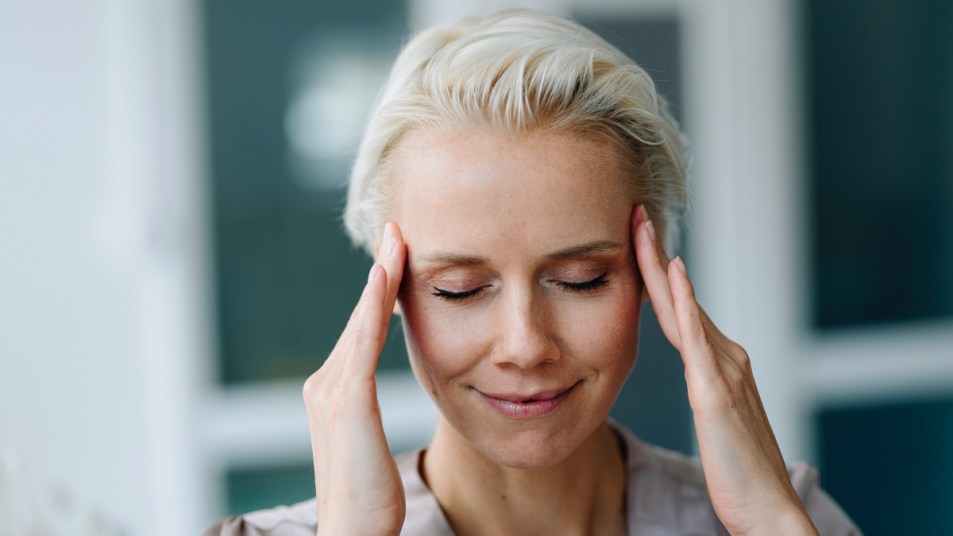
When allergies or a cold leave you sidelined with painful sinus pressure, you want a speedy fix. Fortunately, help is literally at your fingertips. By activating key sinus pressure relief points, you can feel better in a matter of minutes. Read on to learn how acupressure works for sinus congestion, and to discover the 7 must-press points doctors say can alleviate even debilitating symptoms naturally.
How your sinuses keep you healthy
Your sinuses are the moist, air-filled spaces that surround the nasal cavity and open up into it. The four sinus areas in your head, known as your paranasal sinuses, are each named after the bones that contain them: maxillary (cheekbones), frontal (lower forehead), ethmoid (the upper nose) and sphenoid (behind the nose.)
Aside from reducing the weight of your skull (which eases strain on your neck), your sinuses improve your vocal tone and quality by allowing your voice to resonate. Plus, they produce mucus that lubricates the membranes lining the nasal passages. Mucus also serves as a protective barrier against airborne pathogens and irritants. But when those mucous membranes get irritated or inflamed, it causes painful sinus pressure.
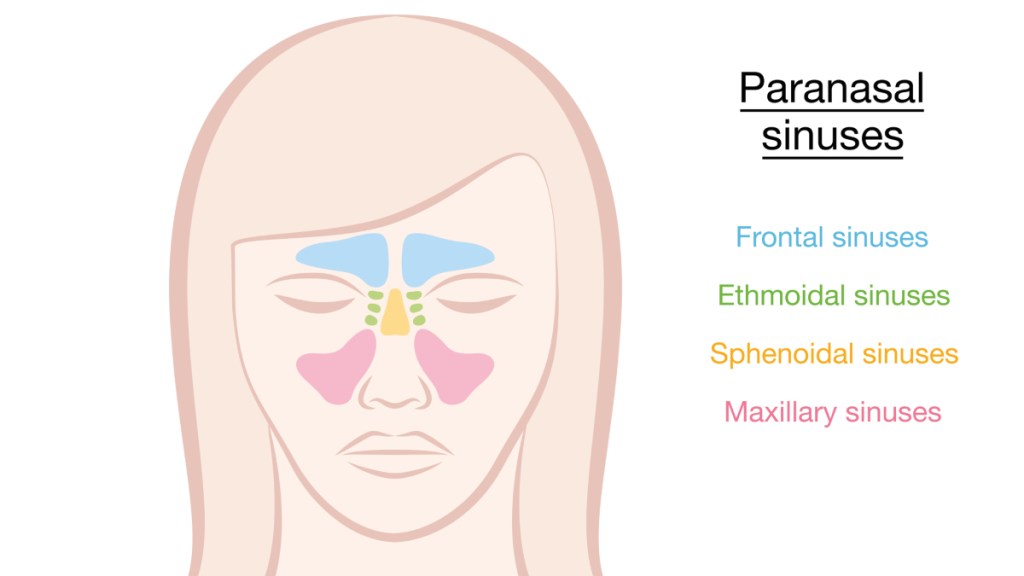
What is sinus pressure?
“True sinus pressure results from an inflammatory response to an allergen, irritant, viral or bacterial infection,” says ear, nose and throat doctor Jessica Grayson, MD, who is also an associate professor in the department of otolaryngology at the University of Alabama at Birmingham’s Heersink School of Medicine.
“When the mucosal lining gets angry, it’s like a blister on the back of the foot from a shoe,” Dr. Grayson explains. “It puts pressure on sensory nerve fibers along the cheeks, forehead and sometimes the bridge of the nose, or even in the teeth in the bone of the maxillary sinus.”
Mucus may also build up in the sinuses and stop draining naturally, says Hamid Djalilian, MD, an ear, nose and throat doctor with UCI Health, part of the University of California, Irvine’s healthcare system in Orange, CA. This happens when the sinuses’ natural drainage ports get blocked, contributing to pressure. (Tip: If you have the opposite problem in that you’re experiencing too much mucous drainage, click through to see how to stop a runny nose fast.)
Symptoms of sinus pressure
When you have sinus pressure you’ll often feel a tightness, fullness or heaviness in the affected cavities. Swollen or inflamed nasal passages can also cause different types of sinus pain. “Some people will experience sharp pain, while others talk about having a dull ache or a burning in their sinuses, especially in cold weather,” says Dr. Grayson. “Their head may also feel so heavy they have a hard time keeping it up.”
Sinus pressure can come with other troublesome symptoms, too. “The pressure may be accompanied by headaches, neck stiffness, ear pressure, ringing in the ears (tinnitus), dizziness, runny nose or nasal congestion,” adds Dr. Djalilian.

Common causes of sinus pressure
Sinus pain, pressure or discomfort can stem from a variety of reasons. The most common culprits:
- Migraine: People often think sinus pressure is from their sinuses. But in general, it’s caused by a nerve issue which is part of the spectrum of migraine, says Dr. Djalilian. “Think of sinus pressure as a very mild form of migraine where the trigeminal nerve that causes migraines is mildly stimulated and creates a pressure sensation in the head and face.” (Click through to learn how to tell the difference between a migraine vs tension headache.)
- Common cold: A cold is a viral upper respiratory infection that causes congestion in the sinuses and nose. Colds usually clear up within several days, but if not, there’s a possibility it may have turned into sinusitis.
- Sinusitis: Sinusitis, or a sinus infection, affects 31 million people in the US. It often occurs as a result of a bacterial infection, but can sometimes be caused by viruses or fungi (molds). (Click through to find out if sinus infections are contagious.)
- Allergies: Allergies to dust, pollen, smoke and pet dander can trigger sinus symptoms. When your body is trying to fight off allergens, it releases a substance known as histamine, which can cause sneezing, itching, nasal congestion, excess mucus and sinus pressure.
Whatever the cause, the good news is that stimulating sinus pressure relief points can help ease symptoms anytime, anywhere.
7 sinus pressure relief points
“Acupressure, the process of applying pressure to and massaging certain points on the body, is really acupuncture without the needles,” says Kit Lee, MD, an integrative medicine physician at Loyola Medicine in Maywood, IL, and a clinical associate professor in department of family medicine at Loyola University Chicago Stritch School of Medicine. “With acupressure, you’re stimulating the same points but doing it in a non-invasive way by using your fingertips.”
The idea behind acupressure has to do with the natural energy flow in the body. “By applying pressure to and stimulating certain areas, you’re able to help remove any obstruction or blockages within the flow, which is really what pain is — a blockage in the flow of energy,” explains Dr. Lee.
For best benefits, the key is to press firmly on the point and massage the area in either a circular or up and down manner. Aim for at least 30 seconds several times a day, suggests Dr. Lee. Note: The points will likely be tender to the touch at first, but breathing through it makes it easier, she adds. Here, 7 of the best sinus pressure relief points:
1. Bladder 2 (BL 2)
“This point is found at the inner end of the eyebrow, in a notch on the orbital bone above the inner corner of the eye,” says Dr. Lee. BL 2 corresponds to the frontal sinuses and is one of the top sinus pressure relief points. It eases congestion, headaches and sinus pressure around the eyes.
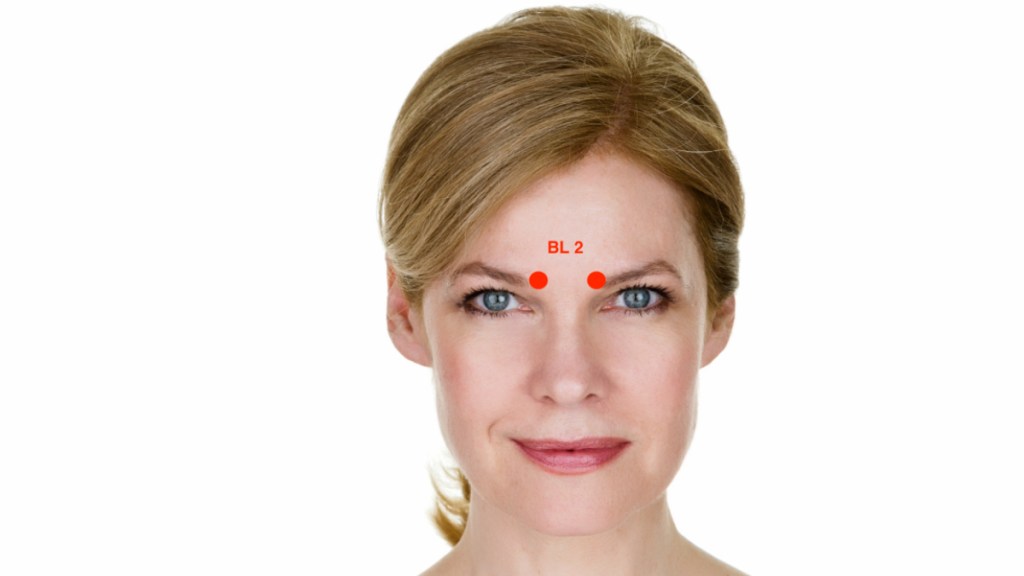
2. Governor vessel 24.5 (GV 24.5)
This area, also known as the Third Eye point, is found on the forehead right between your eyes. Stimulating this sinus pressure relief point helps with mucous drainage, sinus pressure pain and seasonal allergy symptoms such as red, itchy, watery eyes.

3. Large intestine 20 (LI 20)
You’ll find the LI 20 points on the outer side of each nostril, near the bottom of the cheekbone. Acupressure on LI 20 is effective for relieving sinus pressure and congestion. “Massaging that point in the direction of your ears can help with opening up your nasal passages,” says Dr. Grayson.
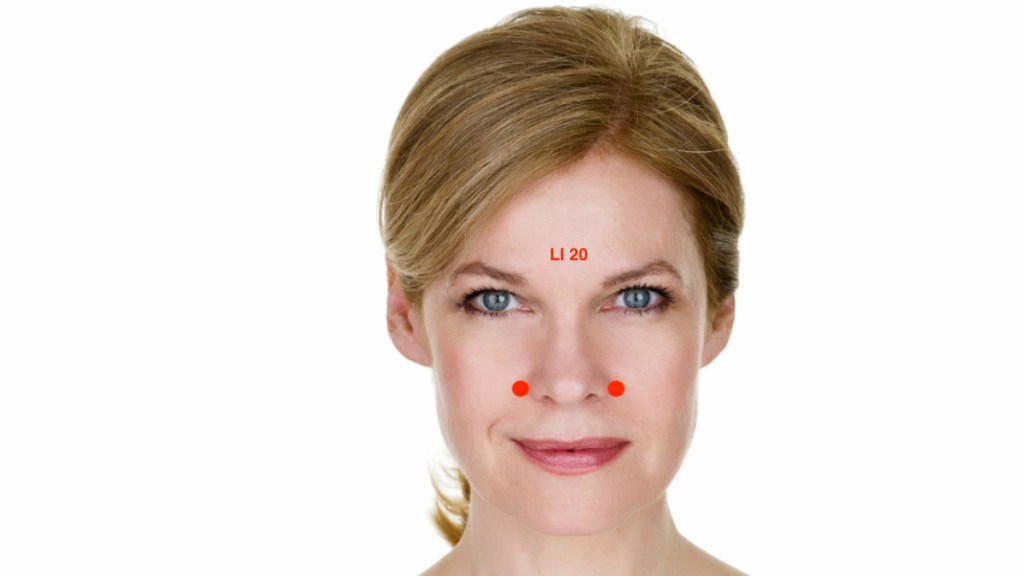
4. Stomach 3 (ST 3)
If you were to draw an imaginary line from your pupil to the bottom of your nostril, you’ll arrive at the Stomach 3 acupressure point. Stimulating ST 3 alleviates sinus and dental-related pain, general face congestion and swelling or pain around the eyes.
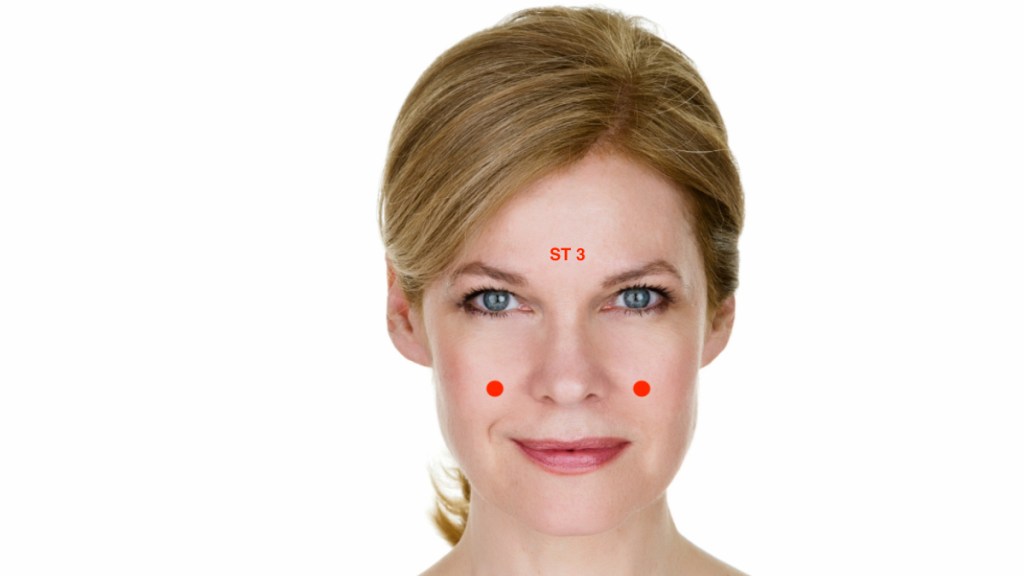
5. Taiyang (EX-HN5)
Taiyang is a pressure point situated at your temples, midway between your hairline and the outer end of your eyebrow. “Rubbing your temples in a circular motion has been known to alleviate headaches and facial pain,” adds Dr. Grayson.
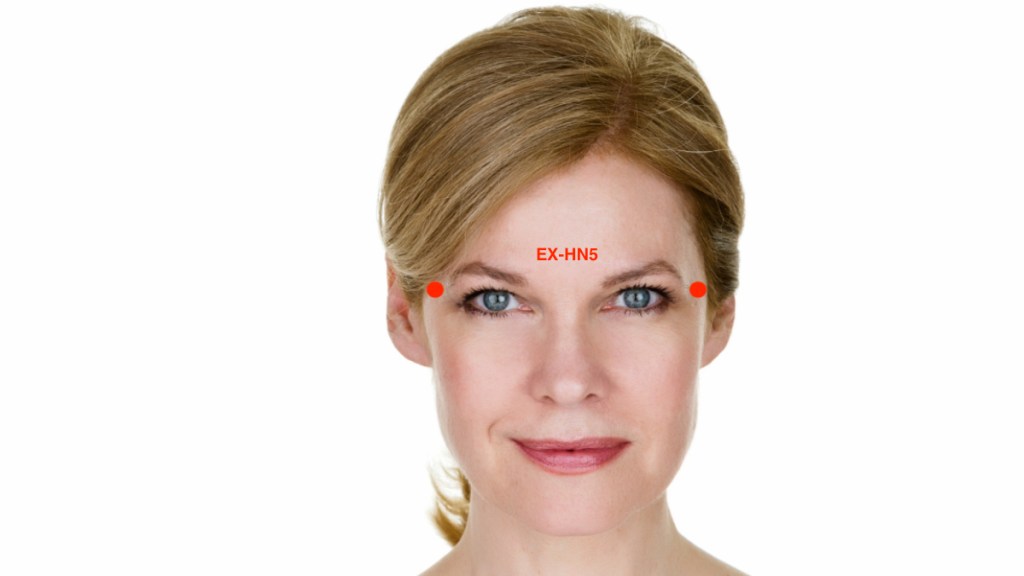
6. Gallbladder 20 (GB 20)
You’ll find the GB 20 sinus pressure relief point in the grooves behind the head, where the neck muscles meet the base of the skull. “Also known as wind pond, these points open up the energy between the head and the rest of the body,” says Dr. Lee.
Pressing the GB 20 points are especially helpful for conditions related to viral upper respiratory infections, Dr. Lee adds. “It can relieve headaches, especially tension ones, and help with neck and shoulder pain.”
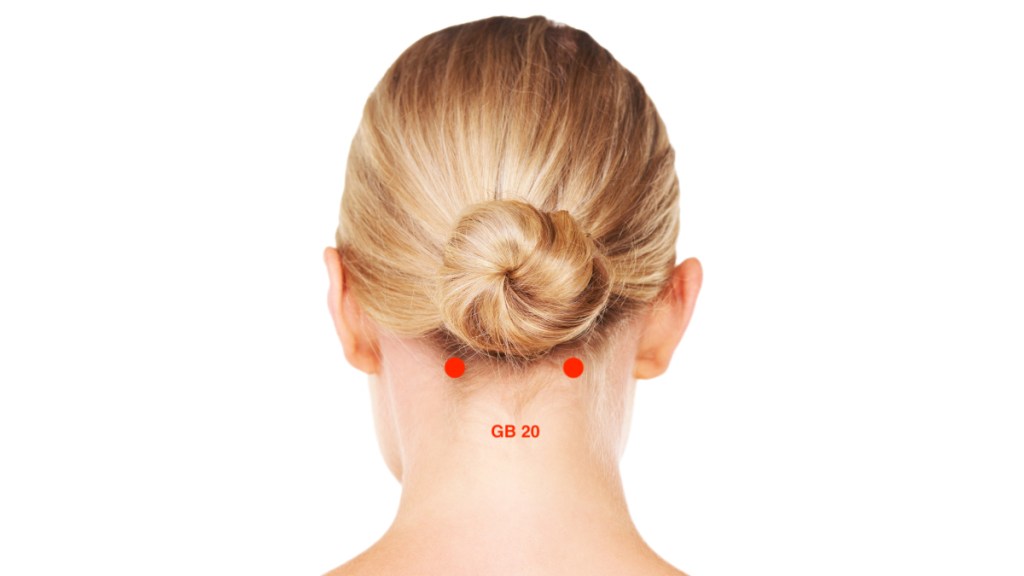
7. Large Intestine 4 (LI 4)
The LI 4 point is located on the front of your hand in that fleshy section between your thumb and index finger. “This point is good for pain in the front of the head, including sinus pain,” says Dr. Lee. Massaging the LI 4 point can also help with toothaches, headaches and facial pain, and it can even release muscle tension in the head and neck.
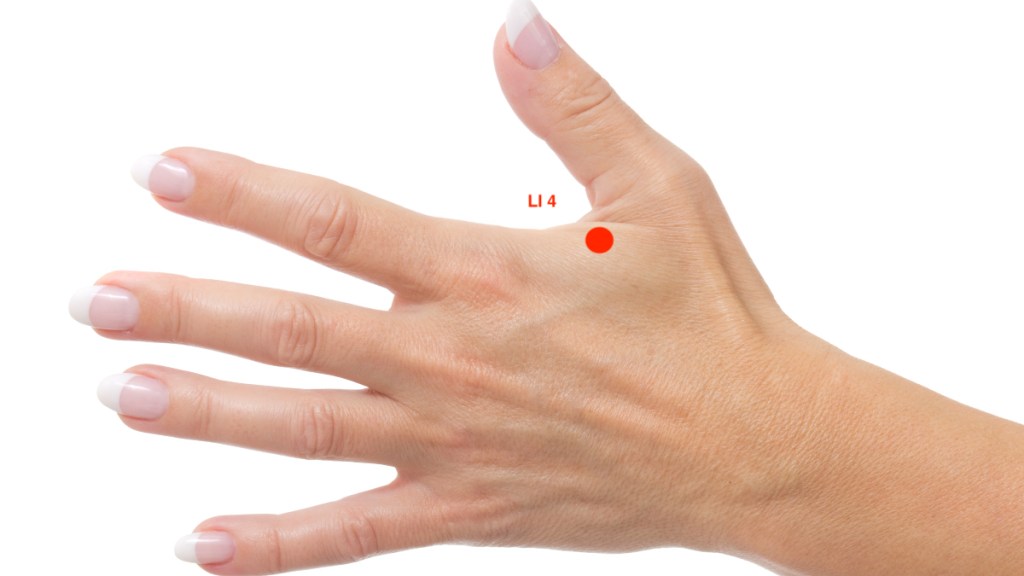
More natural ways to ease sinus pressure
Along with tapping into the power of sinus pressure relief points, these other natural remedies can help, too.
1. ‘Rinse’ your nose
Using salt water to clean out your sinus cavities helps hydrate a dry nose, loosen thick mucus and flush out allergens, bacteria and irritants. Simply fill a neti pot with salt and 8 oz of either distilled water or boiled then cooled tap water, says Dr. Grayson. Then lean over a sink, tilt your head to one side and insert the spout into your nostril. Slowly pour the water into your nose (it will drain out the other nostril). Repeat on the other side and continue until the water is gone.
Alternatively, you can buy a squeeze bottle that comes with premixed sinus rinse packages. All you need to do is add water. Dr. Grayson recommends NeilMed Sinus Rinse. (Buy from Amazon, $12.99.)
2. Reach for rose
While inhaling eucalyptus, peppermint and tea tree oils have all been useful for congestion relief, actually inserting them inside your nose could cause irritation and burning. Instead, Dr. Grayson recommends using a mixture of rose geranium oil and sesame oil to hydrate dry nasal passages.
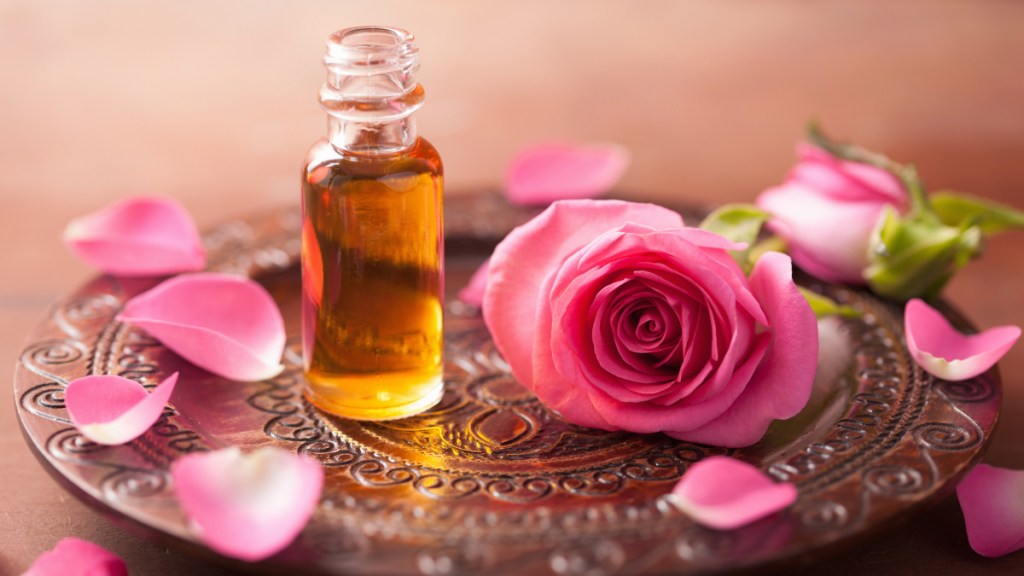
“A couple of drops of this oil combination works well to keep your mucus membranes moisturized and is safe to go inside your nose,” she says. In fact, the trick is something she suggests to her patients who have nasal dryness. Dr. Grayson advises combining 2 Tbs. sesame oil and 1/8 tsp. rose geranium essential oil and dabbing it on dry nostrils as needed.
3. Sip ginger tea
“I recommend drinking ginger-infused herbal tea because ginger has anti-inflammatory and anti-tussive (cough suppressant) properties,” says Dr. Lee. “You want to hydrate so the mucus is thin.”
For some people, the taste of ginger can be strong on its own. Try adding honey, which has anti-inflammatory effects, or a slice of lemon, which brims with vitamin C that’s important for healing, says Dr. Lee.
Taking a ginger supplement works, too. A study found taking 500 mg. of ginger root extract daily was just as effective as the antihistamine loratadine at improving nasal symptoms for those with allergic rhinitis. (Click through to learn why ginger is a top migraine self-care remedy, too.)
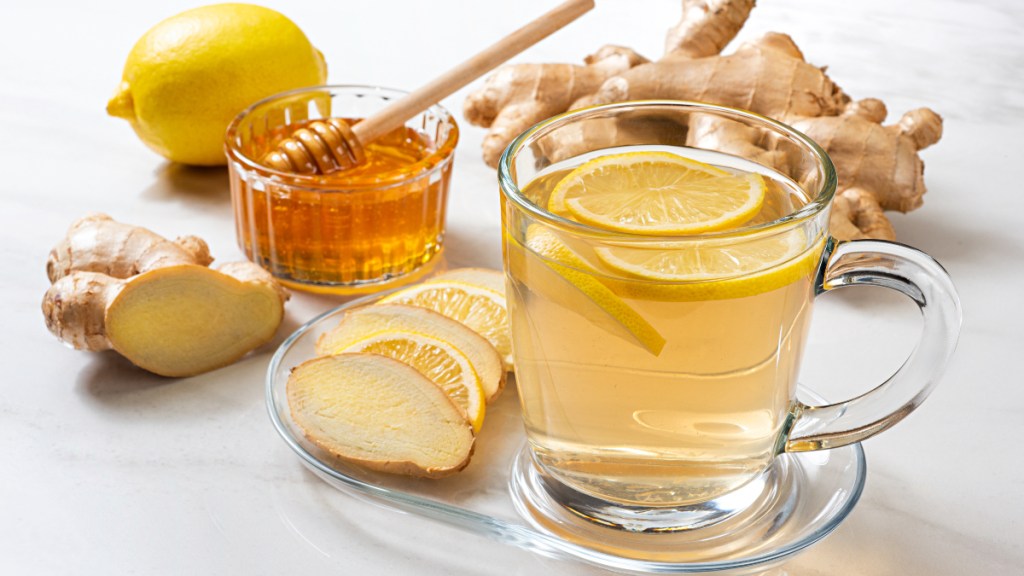
4. Vaporize with Vicks
Vicks VapoRub isn’t just for rubbing on your chest. Dr. Grayson says to help with sinus discomfort, you can put a thin layer of Vicks above your upper lip.
“Placing the medicine above your lip and under your nose activates your trigeminal nerve,” she explains. “This gives you the sensation of airflow and a feeling of opening up your nose. It’s not that your airflow is totally blocked, but it’s the sensory perception that’s off because the inside of your nose is inflamed and more sensitive.”
Note: Dr. Grayson strongly advises against putting the remedy inside of your nose. “It has a drying effect, and you don’t want your nose to get so dry it bleeds,” she explains.
For more ways to ease sinus bothers:
Doctors Share the Best Ways to Relieve Sinus Pressure in the Ears + What You Should *Never* Do
Doctors Reveal the 5-Minute Tricks That Stop a Runny Nose Fast
Are Sinus Infections Contagious? Top MDs Answer This Surprisingly Tricky Question
This content is not a substitute for professional medical advice or diagnosis. Always consult your physician before pursuing any treatment plan.













